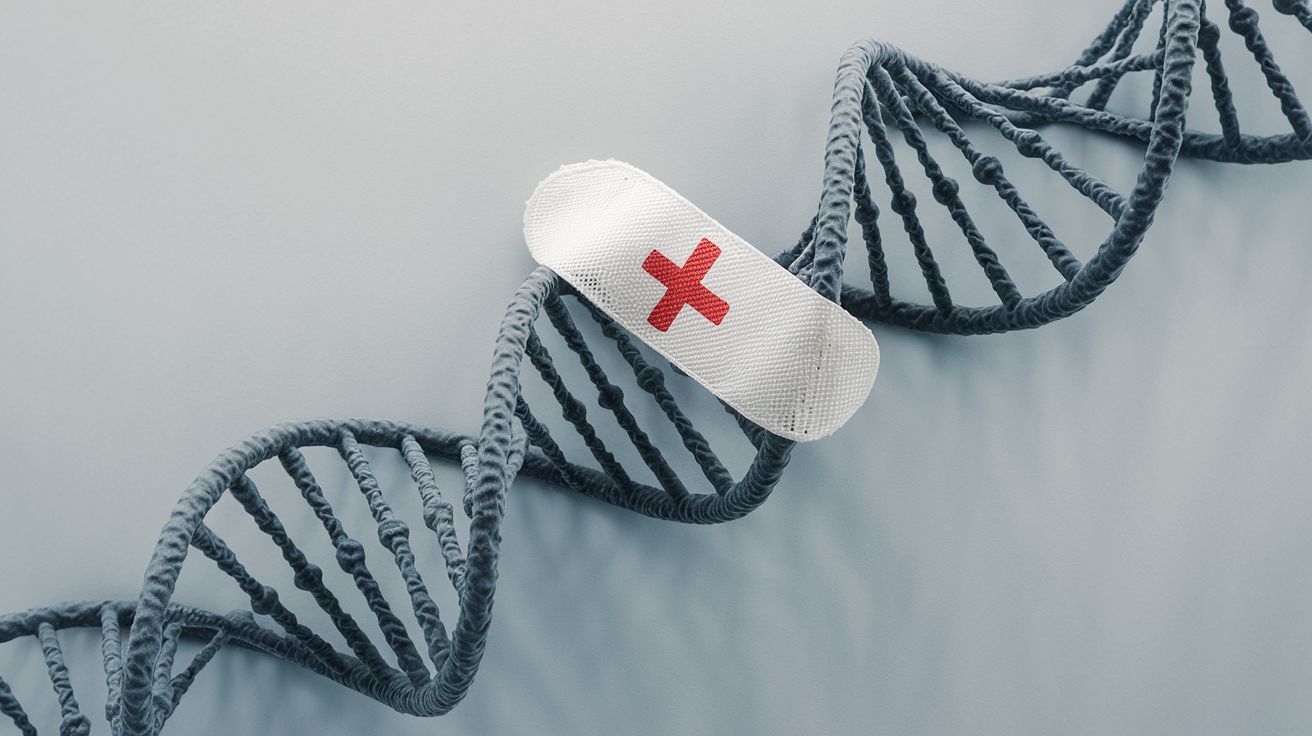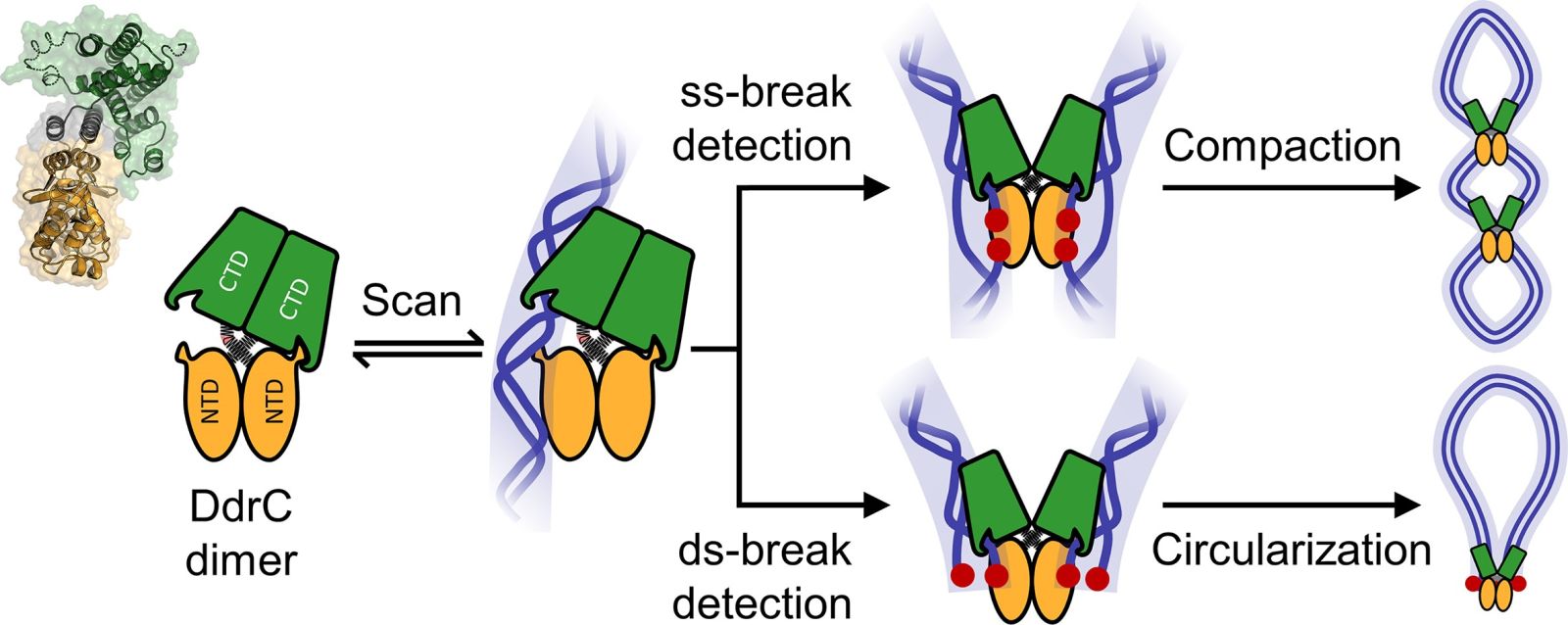This protein can repair damaged DNA: a promising lead for curing cancer!
Published by Cédric,
Article author: Cédric DEPOND
Source: Nucleic Acids Research
Other Languages: FR, DE, ES, PT
Article author: Cédric DEPOND
Source: Nucleic Acids Research
Other Languages: FR, DE, ES, PT
Follow us on Google News (click on ☆)
However, these processes are often limited by the complexity of the incurred damage. Currently, research is focused on better understanding these mechanisms to develop new therapeutic and agricultural approaches. In this context, the recent discovery of a protein capable of repairing DNA opens up promising prospects.

The bacterium Deinococcus radiodurans, known for its ability to survive in extreme environments, serves as a fascinating model for scientists. This bacterium can withstand radiation levels 5,000 to 10,000 times higher than those that would kill a human cell. Such resilience has led researchers to study the internal mechanisms of this bacterium, hoping to discover DNA repair processes that could be applied to other organisms.
This is how the research team led by Robert Szabla identified the protein DdrC, present in Deinococcus radiodurans, as a key player in repairing DNA damage. By binding to damaged DNA fragments, this protein prevents further degradation and signals the urgency of repair to other cellular mechanisms. This discovery was made possible through the use of the Canadian Light Source (CLS), which allowed for the deciphering of the three-dimensional structure of DdrC.
Research has shown that DdrC functions independently, without needing complex protein networks to perform its task. Researchers tested this protein by introducing it into another bacterium, Escherichia coli. Surprisingly, DdrC provided this bacterium with increased resistance to UV-induced damage, enhancing its survival capacity more than 40 times. This autonomous capability of DdrC suggests promising biotechnological applications.
The possibility of introducing DdrC into other organisms, whether plant or animal, could revolutionize fields such as medicine and agriculture. By increasing the efficiency of DNA repair, this protein could serve as a basis for creating cancer vaccines or genetically modifying crops to make them more resistant to extreme climatic conditions.

However, this discovery is just the beginning. Szabla's team plans to continue their research to explore other mechanisms present in Deinococcus radiodurans, hoping to discover additional proteins useful for DNA repair. Ultimately, this work could transform our approach to current medical and agricultural challenges, offering innovative solutions based on the exceptional capabilities of this bacterium.